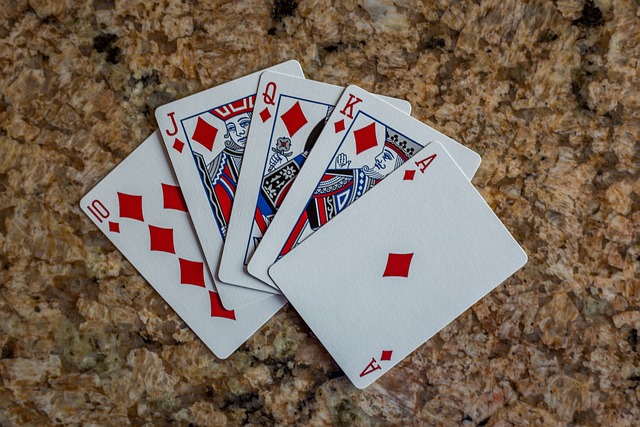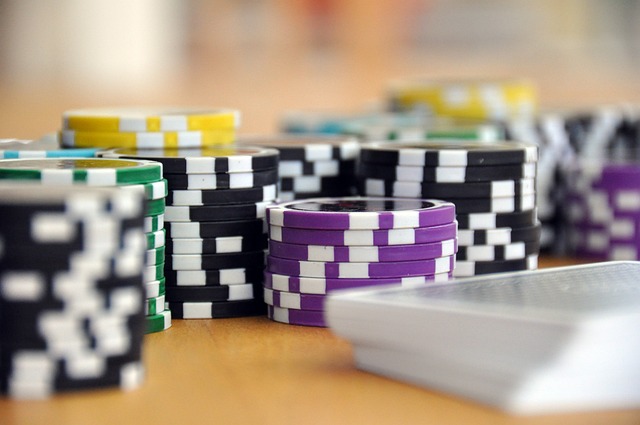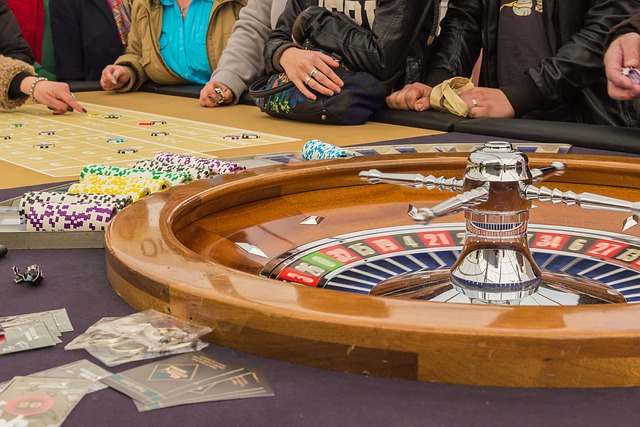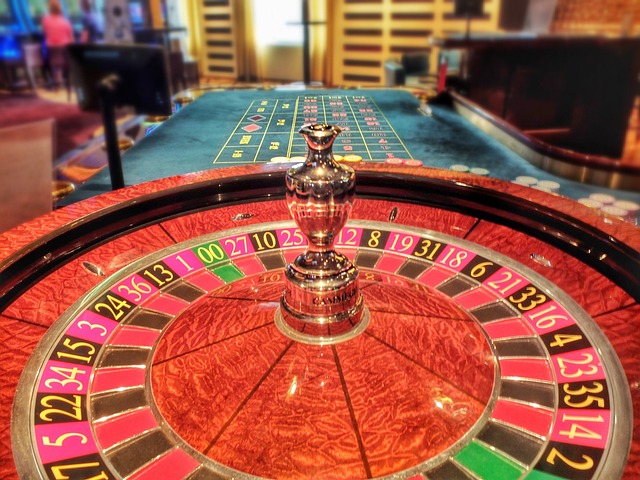Developing casino games available on platforms demands a delicate balance between entertainment and profit for the casino. Players seek fun, but the casino needs to ensure that it generates consistent revenue. “Return to Player” (RTP) is an essential concept in game design, although it is often underestimated.
What is Return to Player (RTP)?
RTP is the percentage of the money wagered that a player can expect to recover in the long term. If a game has an RTP of 96%, out of every 100 units wagered, the player could recover 96, while the casino keeps 4%. This percentage affects both the player experience and the casino’s profitability.
A high RTP makes the game more attractive to players, as they feel they have a higher chance of winning. However, if it is too high, the casino may see its profit affected. This is where developers must find the middle ground between attracting players and ensuring financial return for the casino.
Gaming Experience with RTP

RTP influences the perception of winning. If the RTP is low, players may be discouraged by feeling that they have little chance. On the other hand, a high RTP can increase their playing time. However, developers must also protect the casino’s margins, as a high RTP could affect long-term profitability.
To maintain this balance, games often include additional features such as bonus rounds, free spins, or multipliers. These features add excitement and variety without significantly altering the RTP, keeping players interested while preserving the casino’s profit margin.
The Psychology of Entertainment in Casino Games
Beyond the RTP, psychology also plays a vital role in game design. One of the most commonly used principles is “intermittent reward.” Instead of rewarding small wins frequently, games often offer large prizes sporadically, which builds anticipation and excitement. The possibility of winning at any time, coupled with attractive graphics and immersive sounds, draws players in and keeps them playing.
Another principle is the “reward bias.” Players may feel like they are about to win, even if it is not true. This motivates them to keep playing, convinced that victory is close at hand. Developers often use nearly matching symbols or animations to reinforce this perception.
It’s Not All About RTP: The Volatility Factor

Although RTP is crucial, it is not the only element that determines the profitability of a game. “Volatility” is another important factor. A low-volatility game offers small but frequent wins, while a high-volatility game awards large prizes less frequently. Casinos often prefer games with higher volatility, as they allow for large prizes to be paid out without compromising long-term winnings. However, developers must balance this so as not to alienate players who prefer a more stable experience.
The Right Measure
The balance between entertainment and profit in casino games is complex. RTP, volatility and other factors must be carefully combined to create an engaging experience for players and profitable for casinos. Developers are tasked with fine-tuning all of these elements to ensure entertaining and lucrative gameplay.



